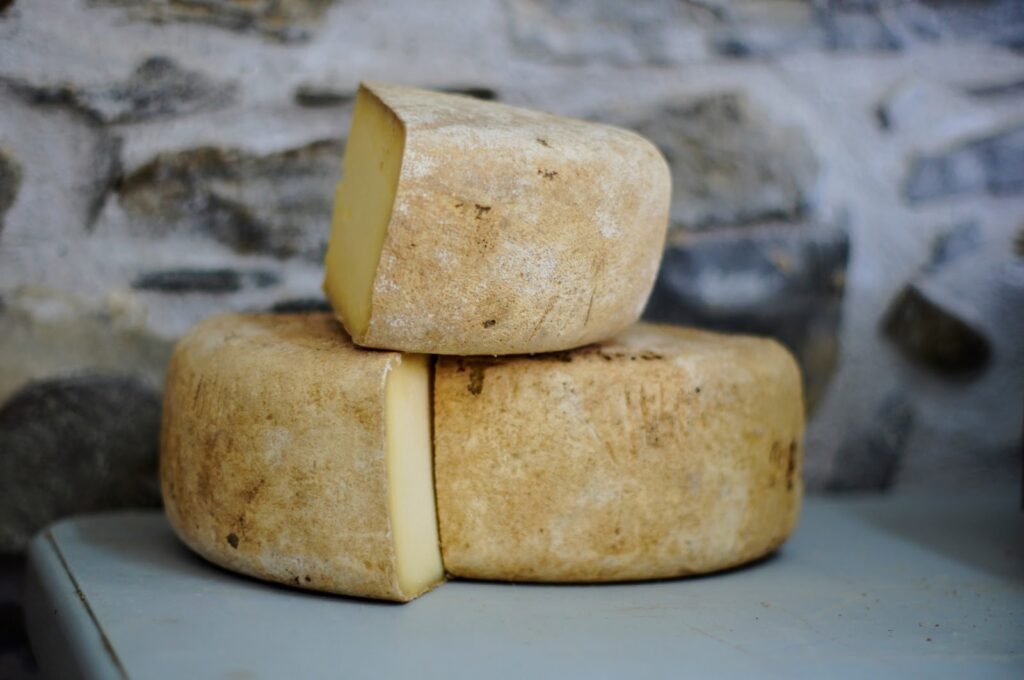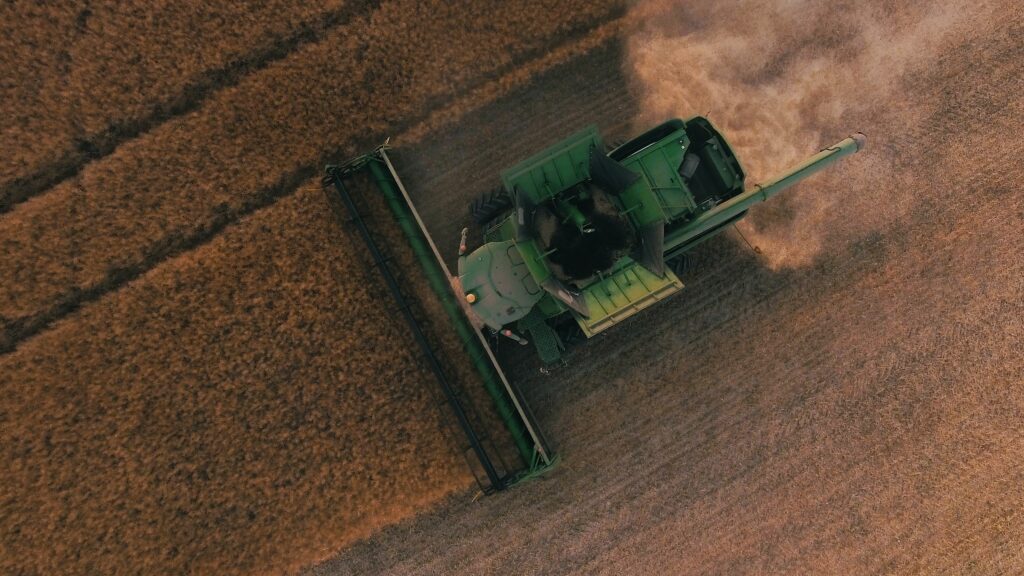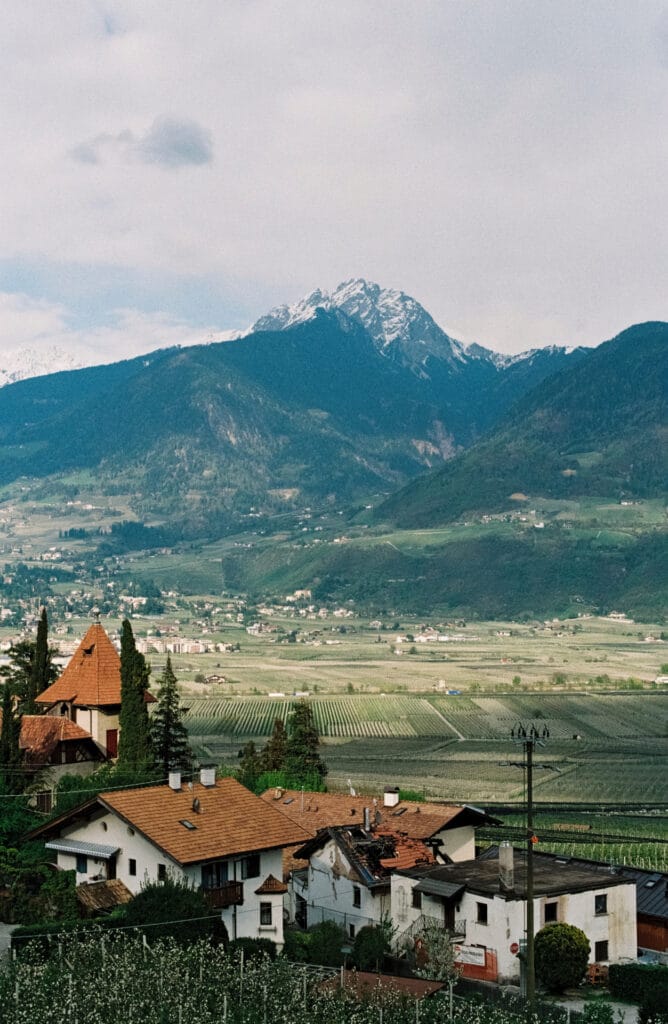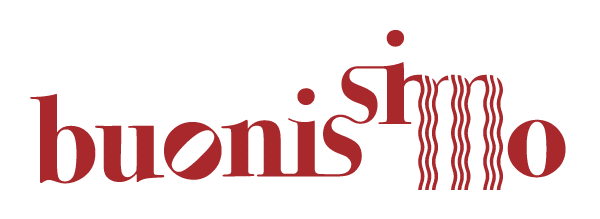We live in the age of instant — from parcel deliveries, to fast food, to even replies to a text message, we are conditioned to have our expectations met without delay in every case possible. In the fast paced world we live in today, convenience has become the new currency replacing quality, especially when it comes to our food.
This “eat cheap, eat fast,” mentality began taking shape in the 20th century as the local food scene was swallowed whole by the global industrialization of all levels of the food chain. This shift has created gaps in our relationships to the food we eat and the traditions behind its production.
The protection consortia labels Denominazione d’Origine Protetta (DOP), Indicazione Geografica Protetta (IGP) and Denominazione di Origine Controllata (e Garantita) (DOC/DOCG) work in tandem with the Slow Food movement to restore those links.

ENTER THE SLOW FOOD MOVEMENT
Nature does not hurry, yet everything is accomplished.
― Lao Tzu
Italian writer and activist Carlo Petrini saw how these changes to the global food scene were eroding the connections between the people of Italy and their culture. Petrini rose to prominence when he publicly took a stand against the opening of a fast food chain restaurant near the Spanish Steps in Rome. He feared that this development would erase local food culture.
The Slow Food movement was born out of his hometown of Bra, Italy, with the founding of it’s forerunner organization, Arcigola in 1986. Three years later, the Slow Food movement went global with the signing of its founding manifesto by delegates in 15 countries in 1989. The movement made its way to Canada in 2005 with the founding of Slow Food in Canada. At present, there are over one thousand members spanning the country belonging to thirty convivia. Food serves as a bridge between generations, telling stories that can only be told through taste, smell and recipes. The Slow Food movement continues to re-establish connections to the food we consume and re-centre the importance of tradition.

HOW OUR FOOD IS GROWN TODAY
At the tail end of the second industrial revolution, agriculture underwent drastic changes. Gone were the days of heirloom seeds, hand-tilled fields and rich regional biodiversity. Monoculture ecosystems and massive industrial farming practices are the drivers behind the vast majority of the global food supply today.
Although these technological advancements in farming have drastically increased the industry’s output, it isn’t without compromise. This scale of industrial farming comes at a cost to the environment through the production of greenhouse gases and pollution, and through the destruction of wildlife. The workers suffer also, typically receiving low wages and experiencing hazardous working conditions.

WHAT GUIDES THE SLOW FOOD MOVEMENT?
Three core principles guide the Slow Food movement, the first being that Slow Food must be GOOD. This means it is quality, flavoursome and healthy. Second, Slow Food is CLEAN, in that its production does not harm the environment. Lastly, Slow Food is FAIR, prices must be accessible to the consumer and fair working conditions and pay for producers is a requirement.
WHY CHOOSE SLOW FOOD?
The Slow Food movement shines a light on growers and food producers who have been pushed into the shadows by big agriculture. By working with these small-scale producers, the movement seeks to protect traditional food products and methods at risk of disappearing. What started as a small, grassroots effort deep in the heart of rural Piedmont has since grown to include over 100,000 members, 1300 local convivia chapters and branches in over 150 countries. The movement empowers consumers to have a say in how their food is cultivated, produced and distributed through their choices.
Some folks have grown tired of society’s obsession with faster living and are longing for a simpler, more authentic life. Many consumers are now asking where and who their food comes from. They care about sustainability and value fair wages and safe working conditions in all levels of the food supply chain. Evolving beyond it’s humble roots promoting local foods and traditional gastronomy and food production, the Slow Food movement has since transformed into a force acting in opposition to the often exploitative industrial food production complex.
HOW DO I FIND SLOW FOOD?
On the consumer end, the Italian consortia labels Denominazione d’Origine Protetta (DOP), Indicazione Geografica Protetta (IGP) and Denominazione di Origine Controllata (e Garantita) make it easy to find products that are made in the original town or region with proper ingredients using traditional methods. These labels mean you know you’re supporting quality: quality working conditions for producers, quality food, quality drink, and lastly, quality time with whoever you’re enjoying them with.



Add a comment